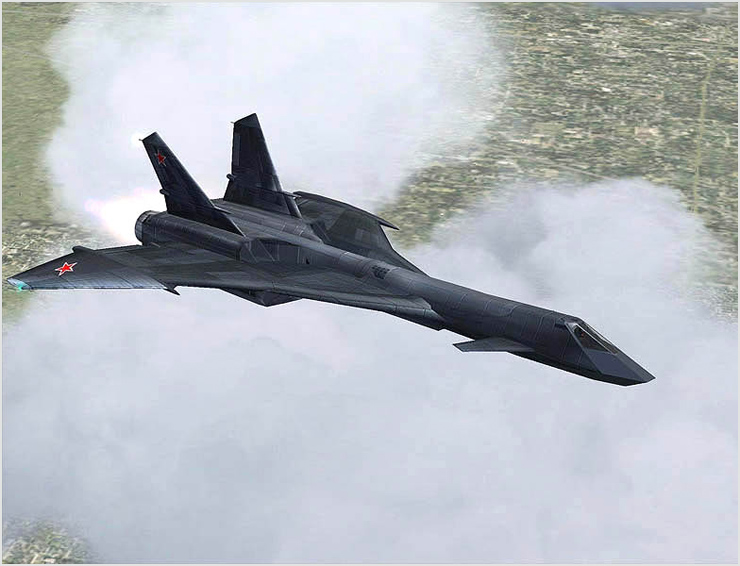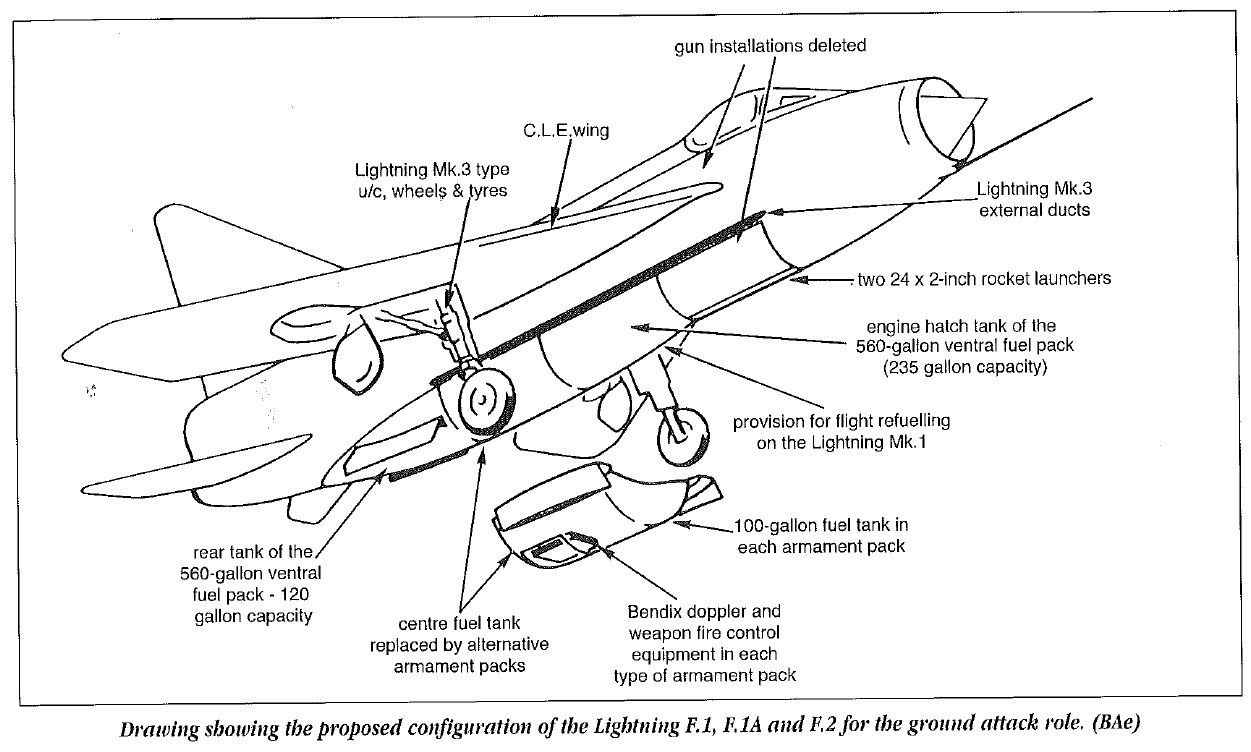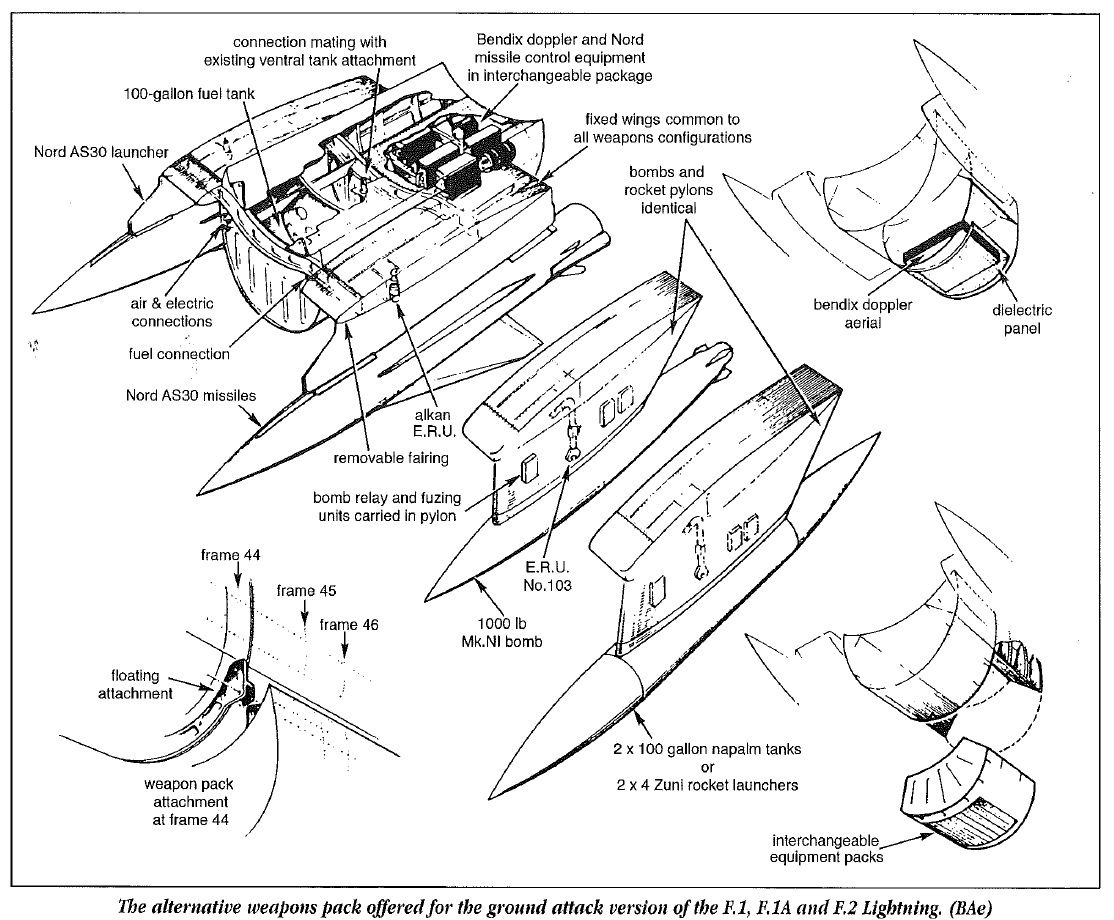If we are looking for fictional air forces , have the Shah of Iran last a bit longer or at least his heir last a bit longer that OTL, prehaps till 1985.
Then you would have had the Imperial Irannian Air Force , with more F14s (145 I believe) than they have in the OTL, a large buy of F16s to replace the F5s in the inventory and the first of the F18 Hornet buy starting to be delivered to Iran. Add in to the mix the 8 E3s that ended up being delivered in the OTL to Saudi Arabia and you have a pretty effective airforce in place for the 1980s. You also have the added 24-36 Sea Harriers that were intended to be embarked on an invincible class carrier as well to add into the mix.
If that happens then on the Iraqi side what would you have by 1985, Mirage 2000 , with seed money going into the Mirage 4000 program along with Saudi Arabia's investement. Iraq even in the late 1970s was starting to move away from the USSR for its aircraft, whilst the Mig-21 was much loved by the Iraqis , the Mig-23 wasnt well recieved and the SU-17/20/22 even less so, the only real large scale purchase for Iraq in the 1980s would perhaps be Mig-29s. In addition to this I believe that Iraq had made overtures to PANAVIA in regards to a purchase of Tornados, the role later being filled by SU-24s .
Then you would have had the Imperial Irannian Air Force , with more F14s (145 I believe) than they have in the OTL, a large buy of F16s to replace the F5s in the inventory and the first of the F18 Hornet buy starting to be delivered to Iran. Add in to the mix the 8 E3s that ended up being delivered in the OTL to Saudi Arabia and you have a pretty effective airforce in place for the 1980s. You also have the added 24-36 Sea Harriers that were intended to be embarked on an invincible class carrier as well to add into the mix.
If that happens then on the Iraqi side what would you have by 1985, Mirage 2000 , with seed money going into the Mirage 4000 program along with Saudi Arabia's investement. Iraq even in the late 1970s was starting to move away from the USSR for its aircraft, whilst the Mig-21 was much loved by the Iraqis , the Mig-23 wasnt well recieved and the SU-17/20/22 even less so, the only real large scale purchase for Iraq in the 1980s would perhaps be Mig-29s. In addition to this I believe that Iraq had made overtures to PANAVIA in regards to a purchase of Tornados, the role later being filled by SU-24s .



